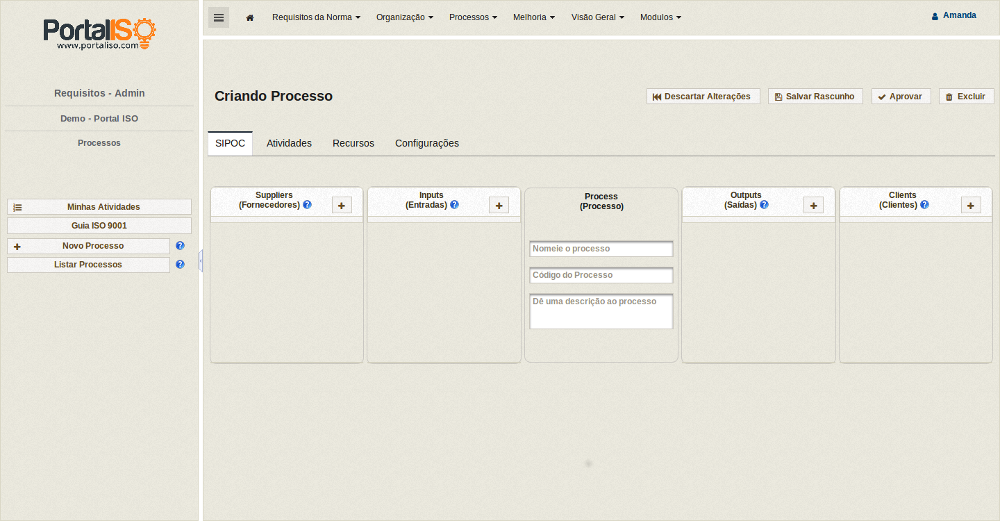
 After completing the process steps, proceed from the center of the document to the right, adding process Outputs and then Customers. If the team is coming up with too many process steps, they should consider creating more high-level process steps and then creating lower level SIPOCs to define each of the high-level processes. There are no firm guidelines for doing this, but four to seven process steps seem to work well in most situations. Next, document the process steps themselves. Always start by defining the start and end points in the process column – these boundaries are important as the team defines the processes that are included between these start and end points. This last template is made in Microsoft Excel, and includes space for a larger number of rows ( download the template).
After completing the process steps, proceed from the center of the document to the right, adding process Outputs and then Customers. If the team is coming up with too many process steps, they should consider creating more high-level process steps and then creating lower level SIPOCs to define each of the high-level processes. There are no firm guidelines for doing this, but four to seven process steps seem to work well in most situations. Next, document the process steps themselves. Always start by defining the start and end points in the process column – these boundaries are important as the team defines the processes that are included between these start and end points. This last template is made in Microsoft Excel, and includes space for a larger number of rows ( download the template). 
The header information carries over to each page, so this format easily accommodates a multi-page SIPOC document ( download template). By adjusting the font size, the document can be optimized for readability. This next template is made with Microsoft Word and keeps the S-I-P-O-C information in a grid format. This first template is made in Microsoft Powerpoint and includes header information at the top (process or function name, date, scope, and notes) that can be customized as needed ( download the template). Here are three SIPOC diagram templates you can use and customize as you’d like.






 0 kommentar(er)
0 kommentar(er)
